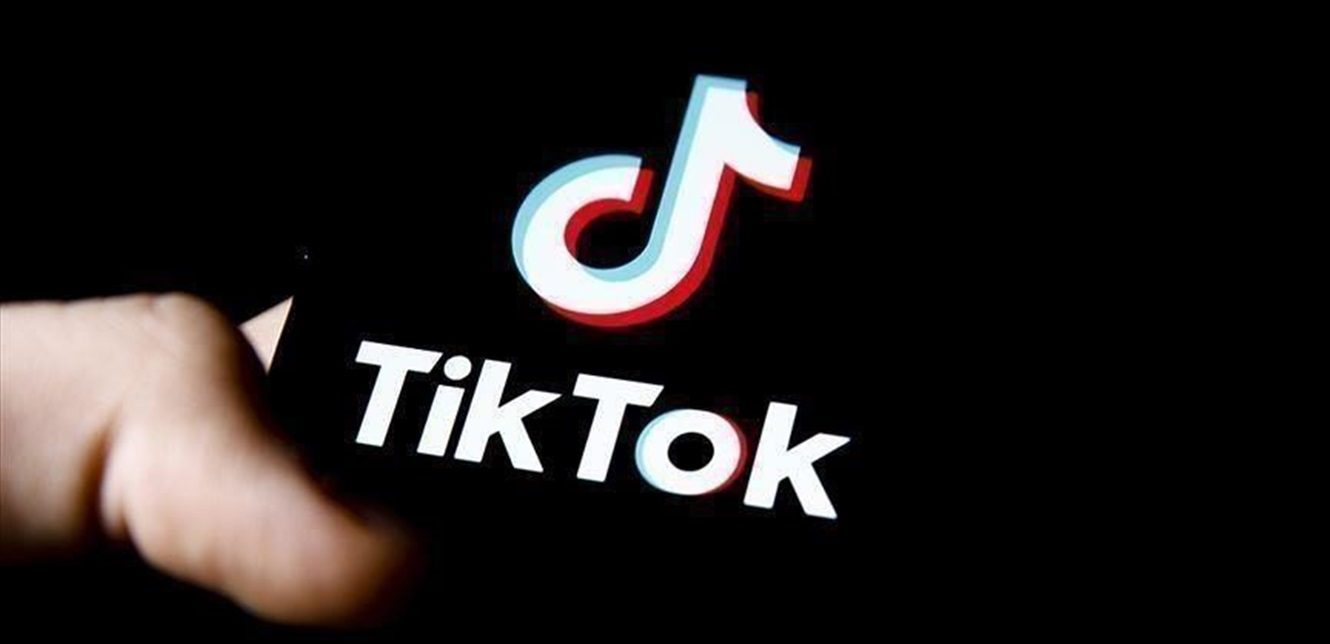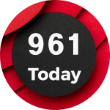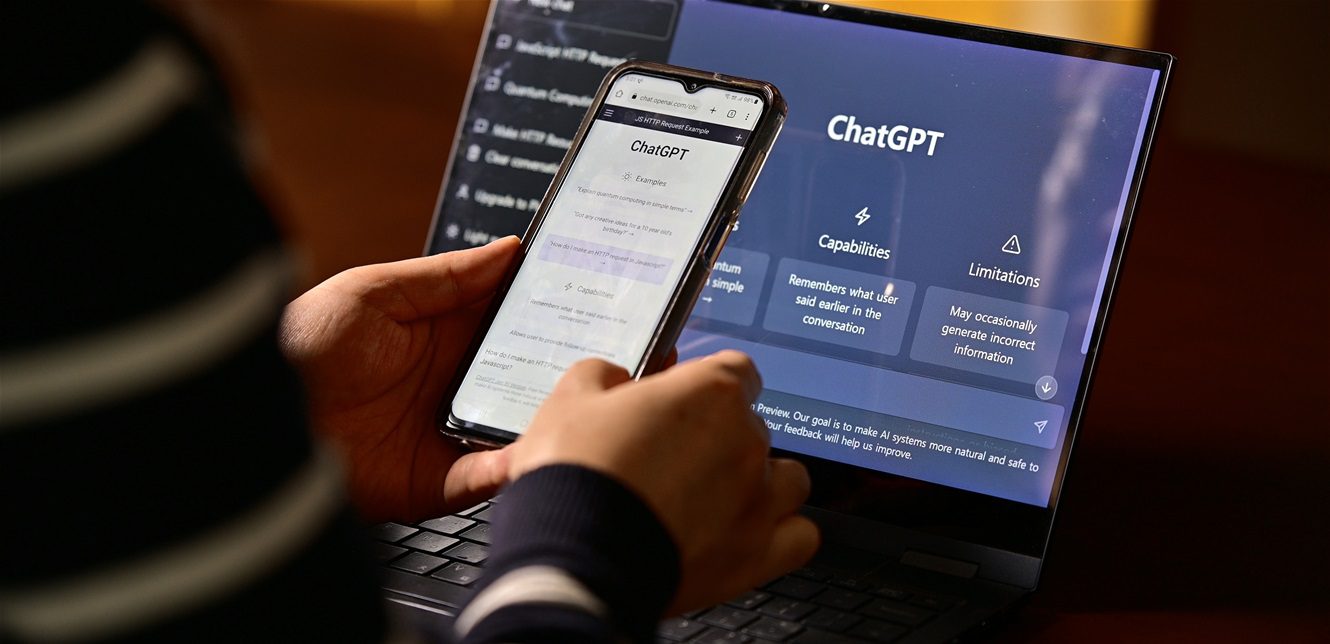
تشتمل هذه الإضافات على دفتر يومي للتأكيدات الإيجابية، وهو بمثابة مفكرة شخصية يقوم فيها المستخدم بتسجيل عبارات إيجابية يرددها بشكل يومي لتعزيز ثقته بنفسه وتحفيزه. يضم هذا الدفتر أكثر من 120 بطاقة جاهزة، تتضمن بطاقات تذكّر المستخدم بأهمية التحرر من “توقعات الآخرين”.
يمكن للمستخدمين تحميل هذه البطاقات على أجهزتهم ومشاركتها مع الآخرين. بالإضافة إلى ذلك، توفر المنصة مولداً صوتياً مهدئاً داخل التطبيق، يتيح للمستخدمين الاستماع إلى أصوات الطبيعة مثل المطر والأمواج، بالإضافة إلى الضوضاء البيضاء، وذلك عبر مؤقت يمكن ضبطه لفترة معينة، مما يساعد على النوم والاسترخاء. تتضمن هذه الأدوات أيضاً تمارين تنفس يمكن ممارستها مباشرةً من داخل التطبيق.
علاوة على ذلك، تعمل “تيك توك” على إضافة مهام موجهة خصيصاً للمراهقين لمساعدتهم على تبني عادات رقمية متوازنة. تشمل هذه المهام الجديدة “مهمة ساعات النوم”، والتي تمنح المستخدم وساماً إذا امتنع عن استخدام التطبيق خلال الليل. هناك أيضاً مهمة “وقت الشاشة اليومية” التي تكافئ المستخدم على تحديد حد زمني لاستخدام التطبيق والالتزام به. بالإضافة إلى ذلك، توجد مهمة أسبوعية لمراجعة تقرير وقت الشاشة، ومهمة “سفير الرفاهية” التي تُمنح للمستخدم مقابل دعوة مستخدمين آخرين للمشاركة في هذه المهام.
في سياق آخر، تختبر “تيك توك” إعداداً جديداً يتيح للمستخدمين التحكم في كمية المحتوى الذي يتم إنشاؤه بواسطة الذكاء الاصطناعي والذي يظهر لهم. يُمكّن هذا الإعداد المستخدمين من اختيار “مشاهدة قدر أقل” من المحتوى المعتمد على الذكاء الاصطناعي، وسيتم إضافته خلال الأسابيع القادمة ضمن قسم “إدارة الموضوعات” المخصص لتخصيص المقاطع المقترحة.
أوضحت الشركة أن الهدف من هذه الأداة الجديدة هو مساعدة المستخدمين على “خفض مستوى” المحتوى المولّد بالذكاء الاصطناعي الذي يظهر لهم، وذلك في ظل تزايد شكاوى المستخدمين من هيمنة هذا النوع من المقاطع.
TikTok has unveiled a comprehensive set of digital wellbeing tools, along with new settings that give users control over the amount of AI-generated content they see. This move comes as part of the platform’s efforts to promote the mental health of its users and provide a more balanced and transparent experience, especially for adolescents.
These additions include a daily journal of positive affirmations, which serves as a personal notebook in which the user records positive statements that they repeat daily to boost their self-confidence and motivation. This notebook includes more than 120 ready-made cards, including cards that remind the user of the importance of breaking free from “the expectations of others.”
Users can download these cards to their devices and share them with others. In addition, the platform provides a calming sound generator within the app, allowing users to listen to nature sounds such as rain and waves, as well as white noise, via a timer that can be set for a specific period, helping with sleep and relaxation. These tools also include breathing exercises that can be practiced directly from within the app.
Furthermore, TikTok is working on adding tasks specifically aimed at teens to help them adopt balanced digital habits. These new tasks include a “Sleep Hours task,” which awards the user a badge if they refrain from using the app at night. There is also a “Daily Screen Time” task that rewards the user for setting a time limit for using the app and sticking to it. In addition, there is a weekly task to review the screen time report, and a “Wellbeing Ambassador” task that is awarded to the user for inviting other users to participate in these tasks.
In another context, TikTok is testing a new setting that allows users to control the amount of AI-generated content that appears to them. This setting enables users to choose to “see less” AI-based content, and will be added in the coming weeks within the “Topic Management” section dedicated to customizing suggested clips.
The company explained that the purpose of this new tool is to help users “lower the level” of AI-generated content that appears to them, in light of increasing user complaints about the dominance of this type of clip.

















